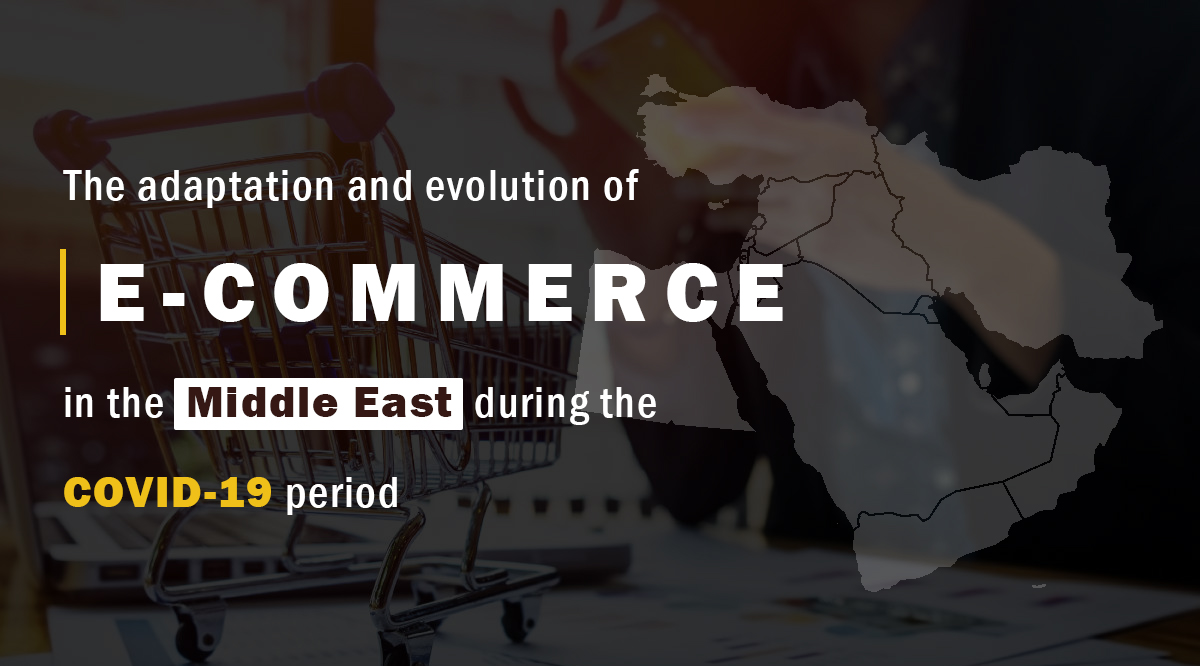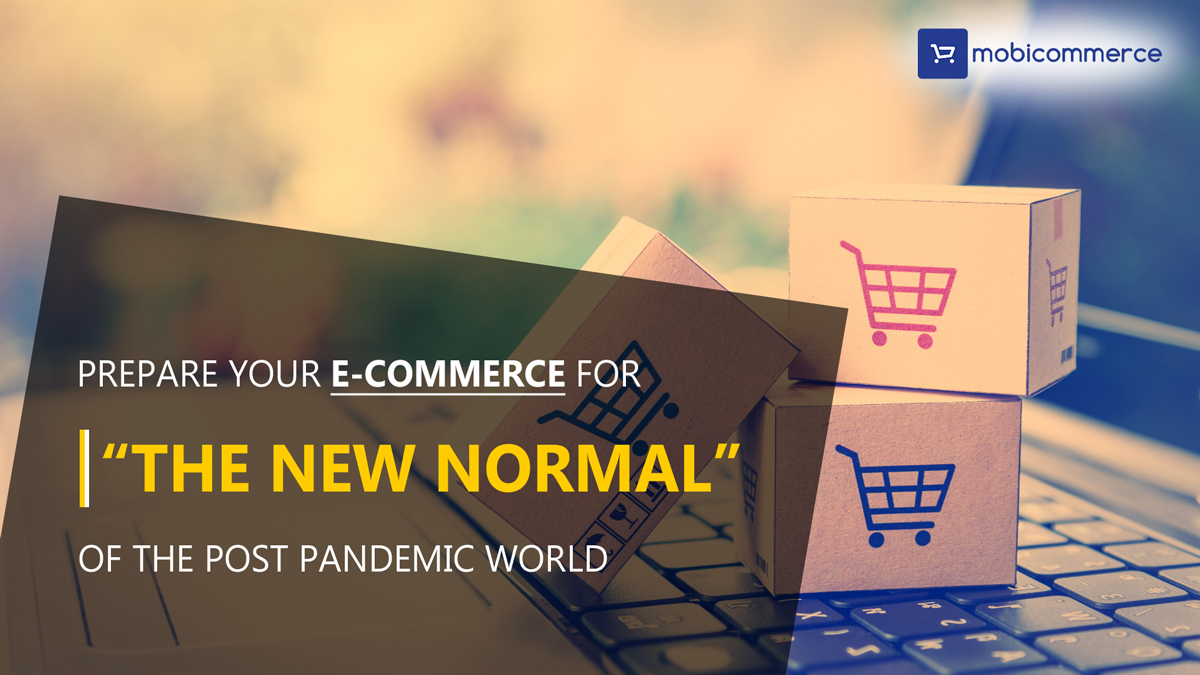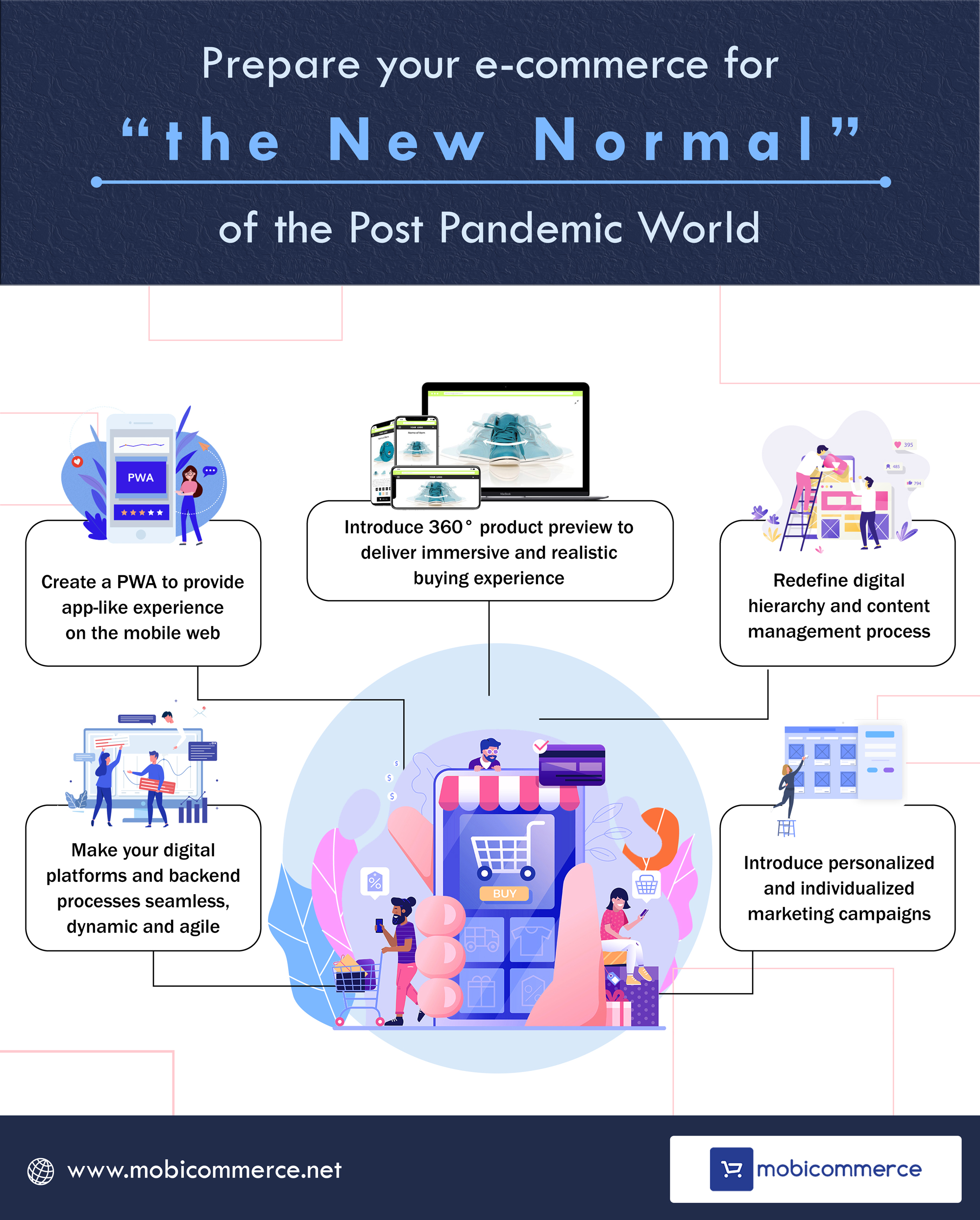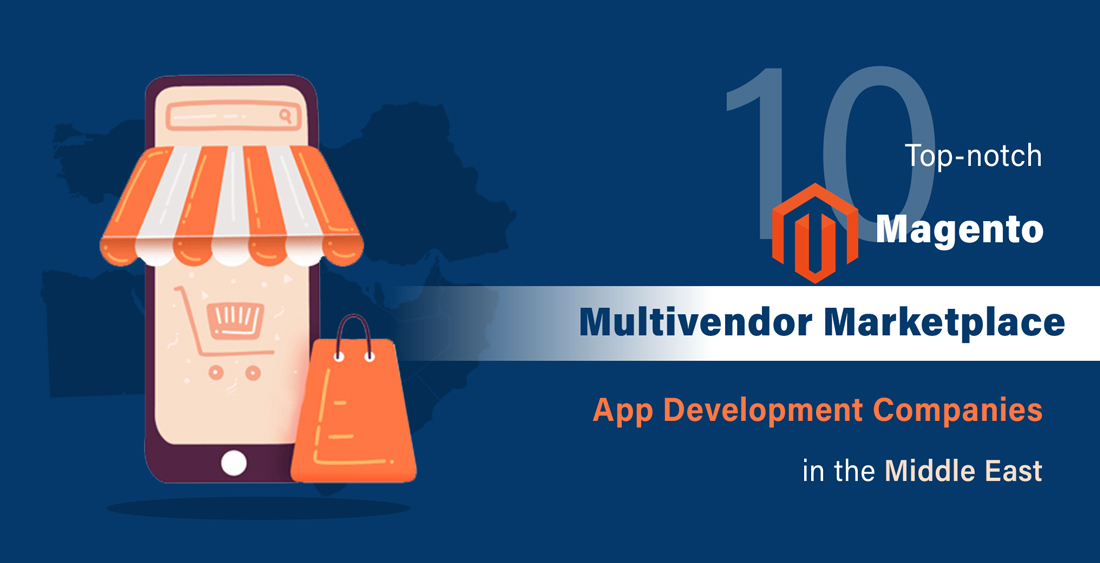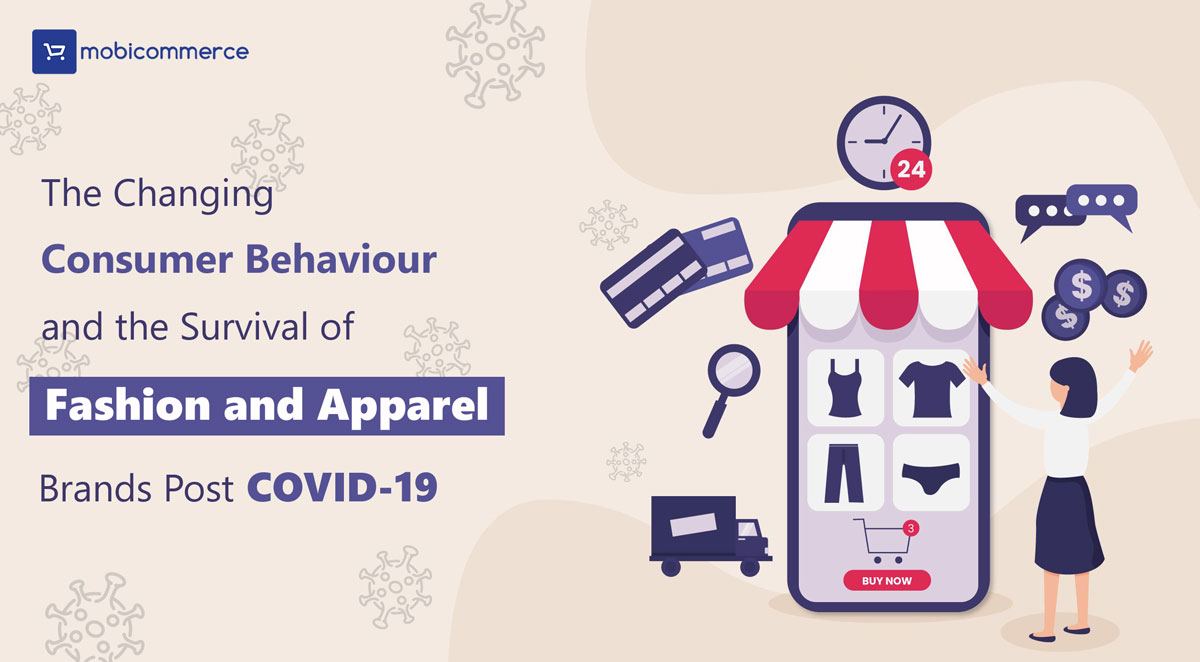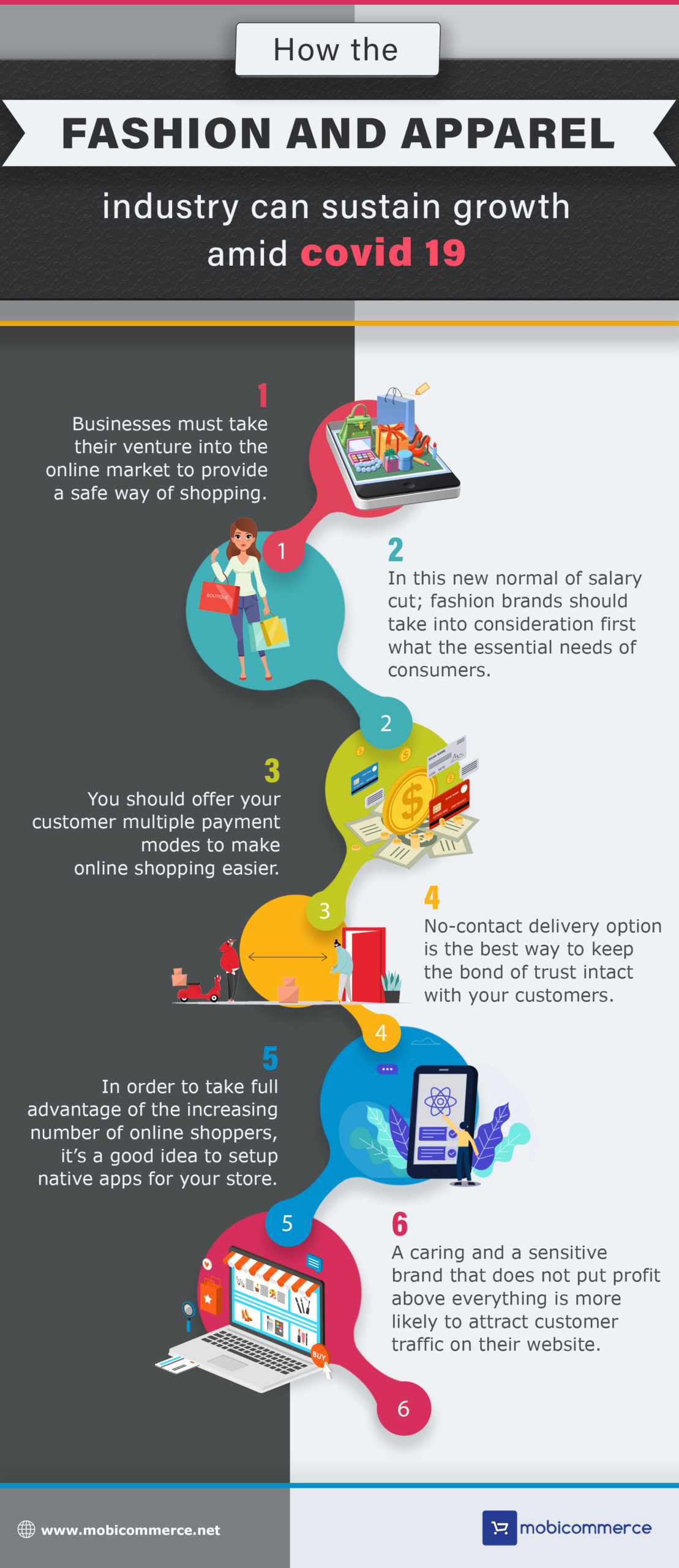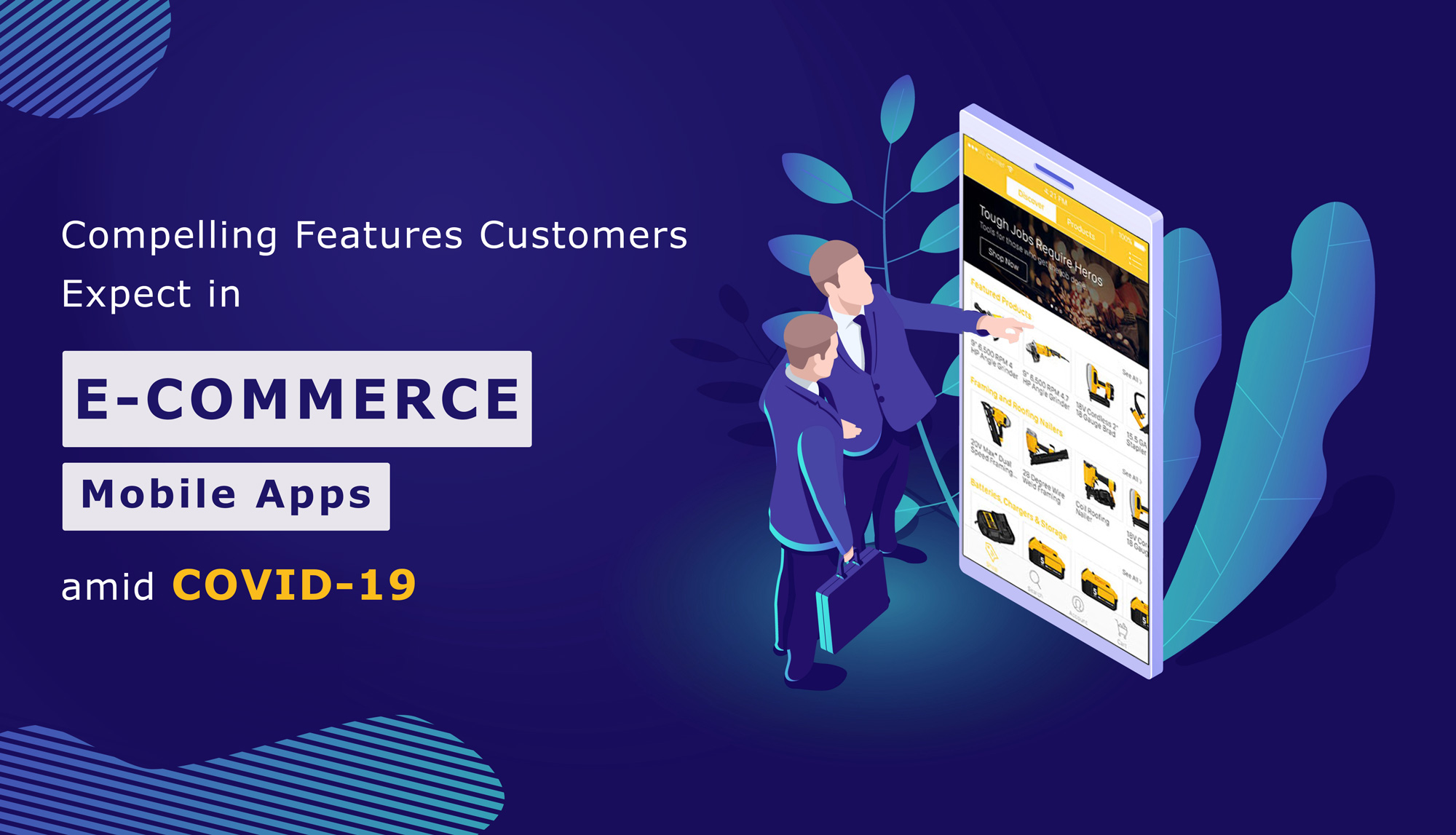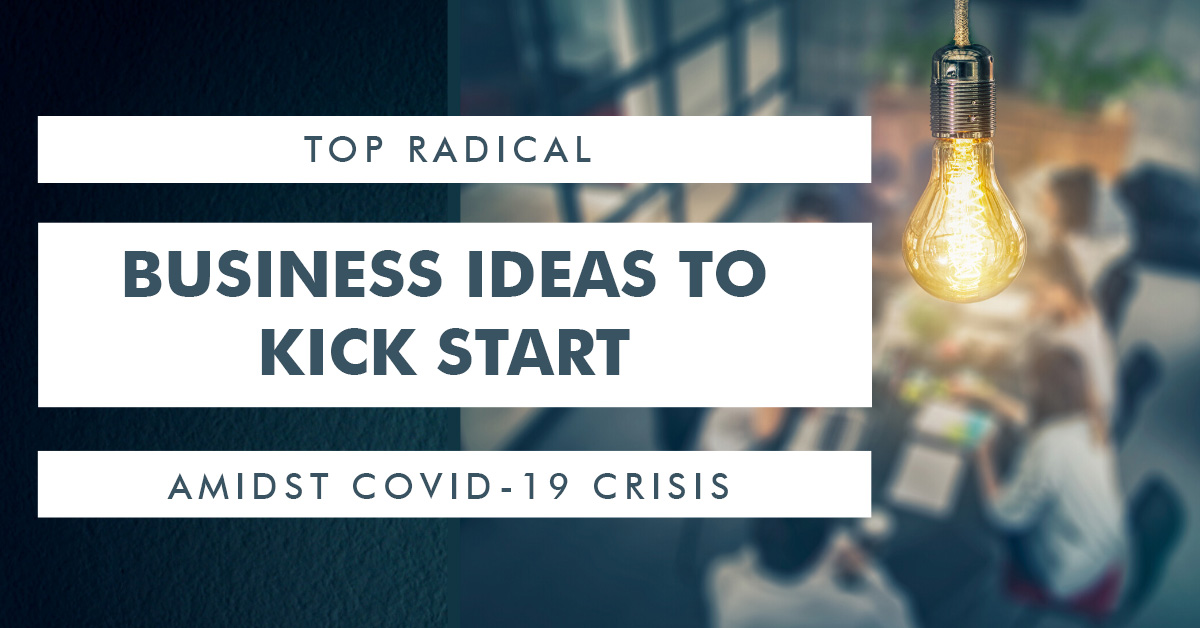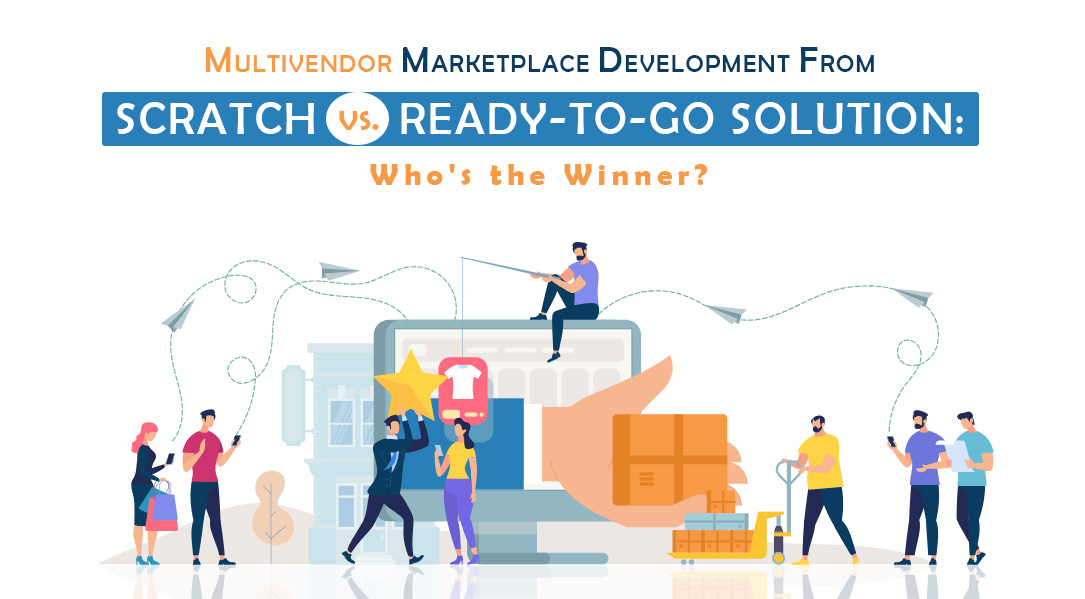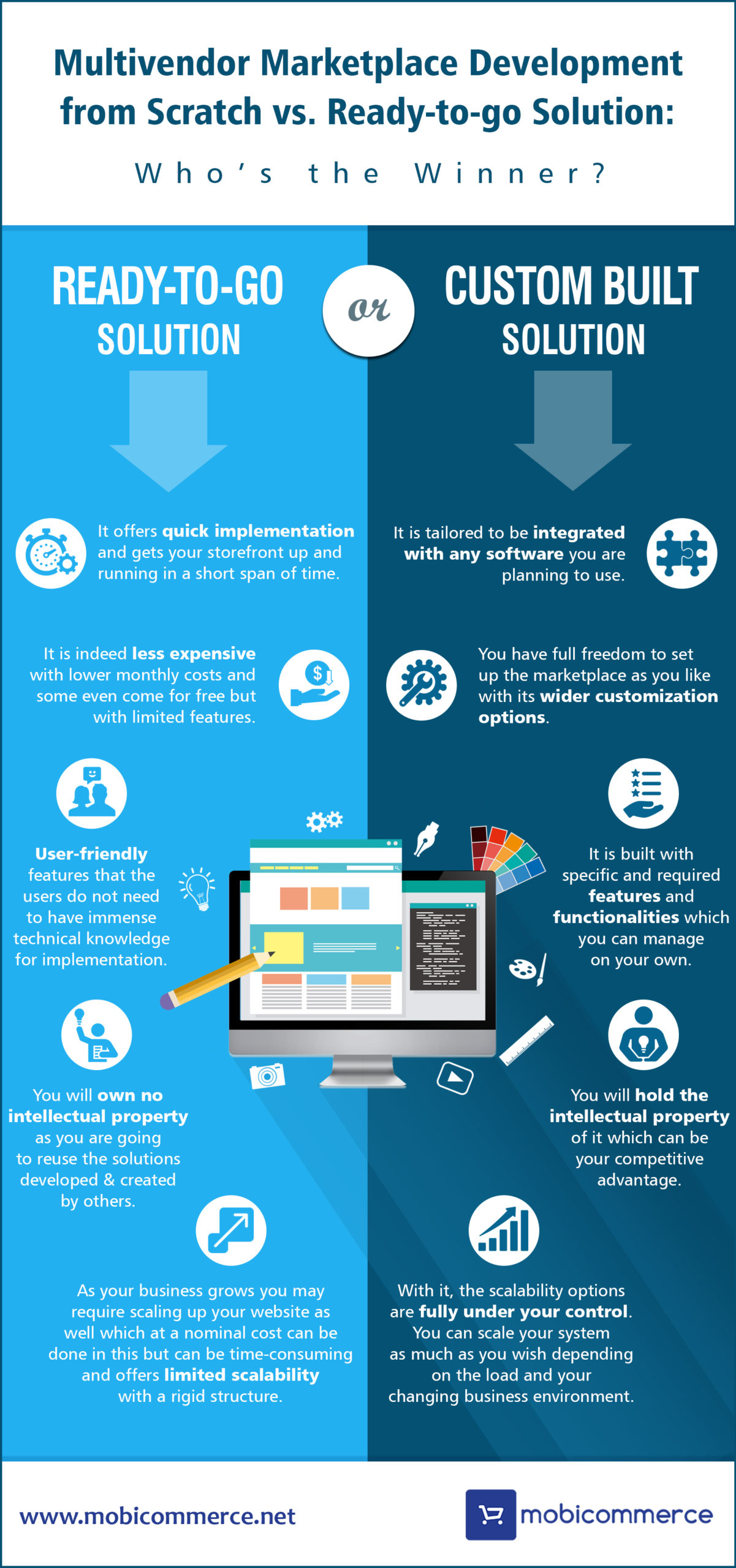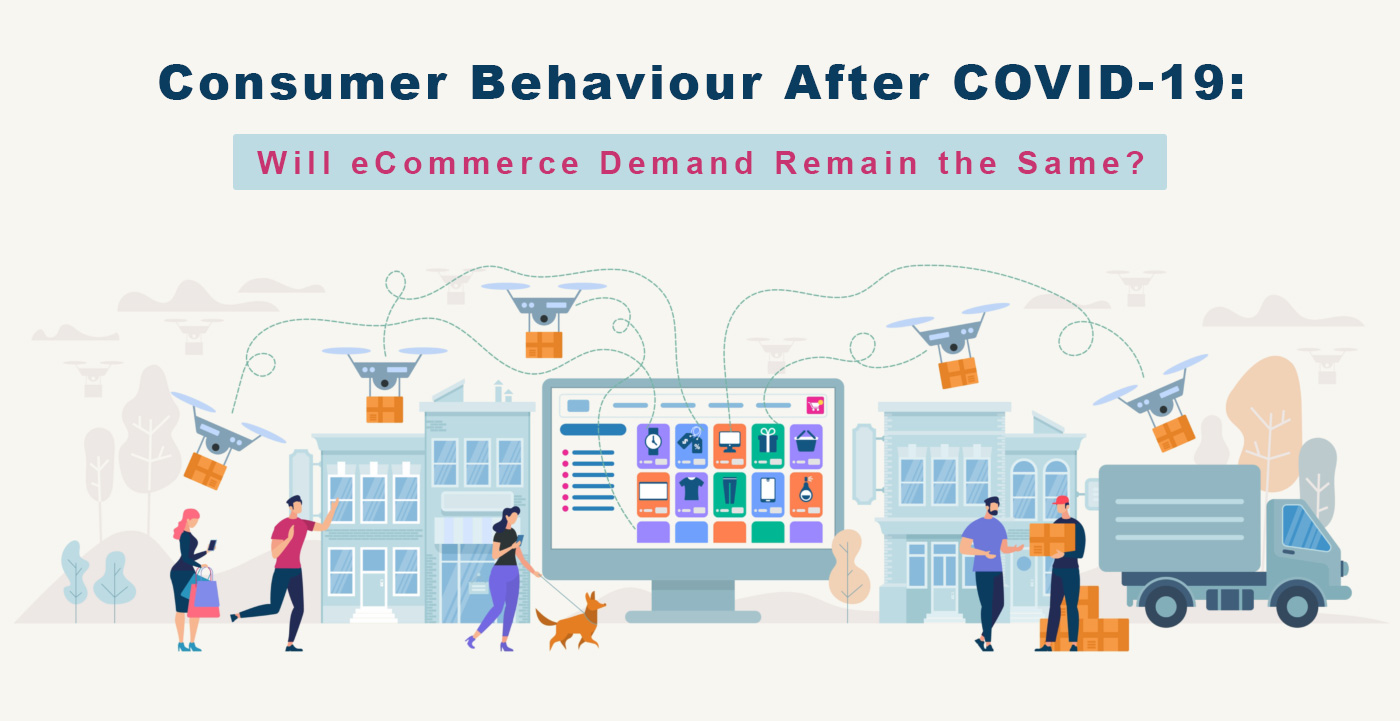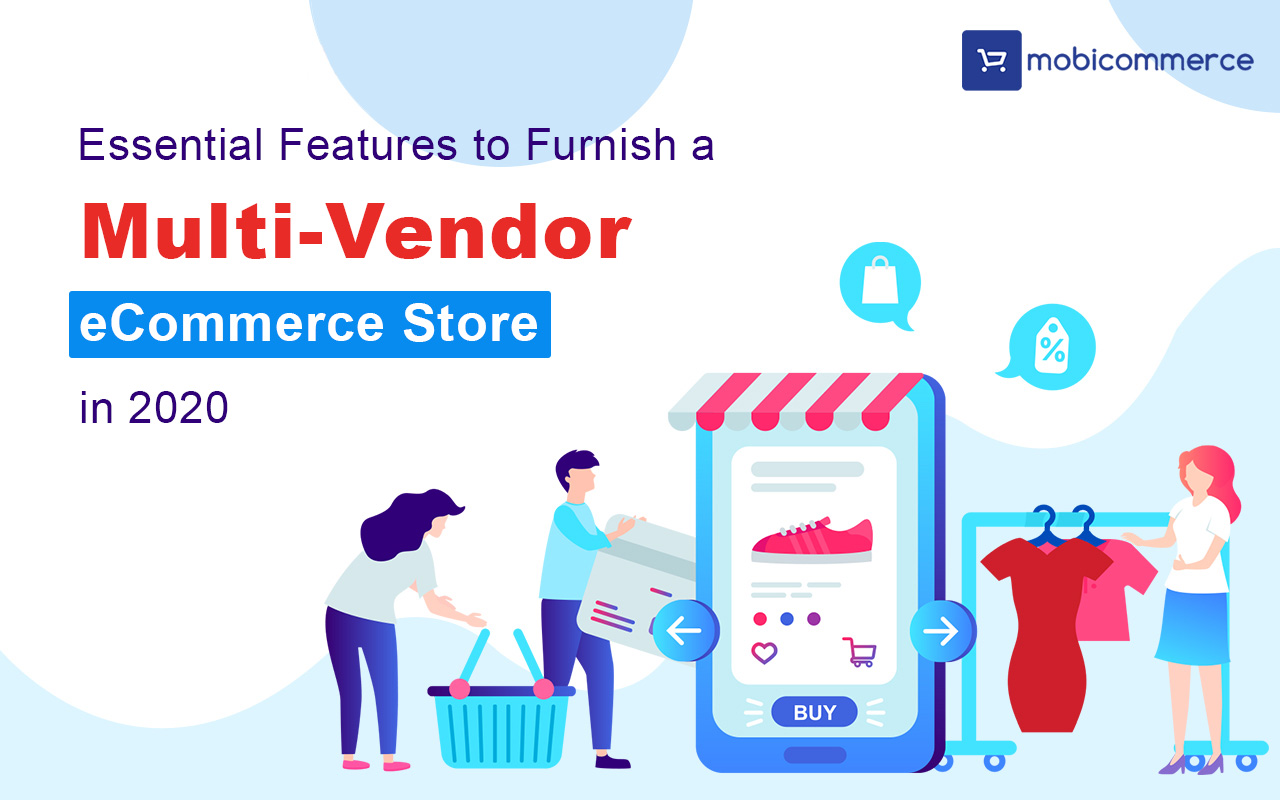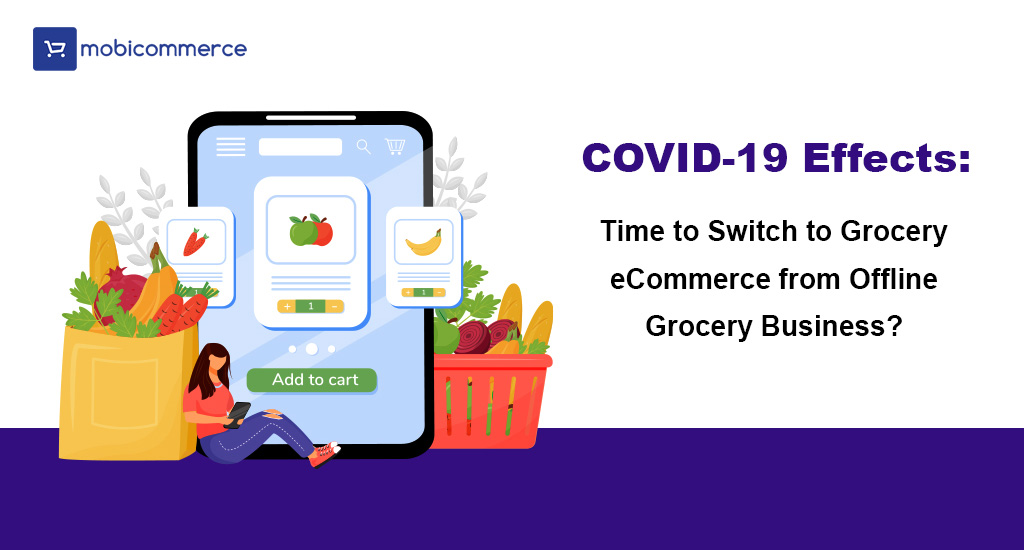While the world thinks North America is one of the biggest internet consuming countries in the world, the statistics suggest something really different! Statistics suggest that back in 2018, while North America had 121 million internet users; the Middle East had 164 million internet users. Even the internet penetration rate in the United Arab Emirates (UAE) was skyrocketing 91% and that of Saudi Arabia is 73%. (Source)
These statistics represent a high number of users even though they were recorded in the pre-pandemic world! Since the time the pandemic has hit the world, internet usage and dependency on smartphones and e-commerce solutions. So much so that in the reports of Adobe it was found that since the lockdown that started in March, the e-commerce expenditure of the Middle East exceeded by $52 Billion than that of the expected sales! And even as the world adapts to the new normal, e-commerce sales are still on a rise in the Middle East.
But, if you are planning to start your e-commerce platform, you must understand that conventional methods of e-commerce industry have changed a lot after COVID 19 and there has been a huge paradigm shift in how the e-commerce platforms function. To help you make an informed decision, as one of the trusted e-commerce service providers in the Middle East, we bring you the things you must know before investing in an e-commerce platform to make an informed decision.
E-commerce paradigm shift in the Middle East due to Covid-19:
Increase in Groceries and Essentials demand:
One of the biggest gaining industries of COVID-19 in the Middle East has been the groceries and essentials industry. People who had their custom e-commerce solutions ready saw a growth of at least 200%! While in the pre-pandemic world the demand and need of e-commerce solutions for groceries and essentials such as dairy products and vegetables were quite less, due to the lockdown and social distancing norms, the demand for online groceries and essentials have skyrocketed.
If you are planning to venture into this industry, ensure that you understand your target audience well and based on that, choose an ecommerce web development company of the Middle East who has the required technical skills as well as the market and customer understanding.
Need for faster and customized e-commerce solutions:
Since the demand for e-commerce has increased in the Middle East, so has the number of e-commerce platforms and e-commerce spending from the enterprises! Since e-commerce is the future of the retail market, enterprises are investing heavily in e-commerce development and are rooting for personalized and customized e-commerce solutions to deliver satisfactory and delightful customer experiences to ensure that their e-commerce platform stays on top of the mind of their customers when they search for their desired products online.
Having a customized e-commerce solution also is beneficial in the long-term for businesses. Instead of choosing a standard e-commerce platform where the business operations have to be amended according to the rules and protocols of the platform, you can get a customized e-commerce platform that not only aligns with your business operations but also matches your customer expectations.
Also Read: Prepare your e-commerce for “the New Normal” of the Post Pandemic World
Contactless sales and hygienic packaging and deliveries:
One of the biggest changes that have been witnessed in the e-commerce industry since the arrival of this pandemic is the change in deliveries and product packaging. To ensure the safety of the delivery personnel as well as the safety of the customers, enterprises are coming up with unique ways of safe deliveries such as contactless deliveries.
Apart from that, many enterprises have introduced automation into the process of packaging and production so that they can create a hygienic environment where the products are packed and produced in utmost safety. While contactless deliveries might not continue once the world manages to rise from this pandemic, digital transformation and automation of processes will surely become a need if not a compulsion for various manufacturers as well as few service industries.
Need for personalized digital experiences:
Even before the pandemic had hit the world, all those enterprises who wished to make big in the online world had to adapt to the personalization. Right from product personalization to personalized digital experiences, customers not only enjoy but expect personalization from the e-commerce platform and some research also shows that customers don’t mind sharing data if the e-commerce platform is using it to create personalized buying experiences for them
While product personalization is dependent upon the nature of the product and the industry you belong to, personalized digital experiences can be introduced in all the e-commerce platforms. Based on the customer insights and data that you have collected, you can ask your e-commerce developers to introduce personalization at each stage of the buying process by making necessary customization in your e-commerce platform and by introducing automation.
E-commerce is the future of the retail market not just in the Middle East but around the world. But, to ensure that your e-commerce platform is an asset for your enterprise, it is essential that you hire an eCommerce solution provider in the Middle East that has the market understanding as well as apt knowledge of the ever-evolving e-commerce trends. For now, if you wish to make the most of the e-commerce platform during the COVID-19 period, plan for a customized e-commerce solution and also think upon personalization and delivery methods.
